Spanish painter Diego Velázquez was born in Seville, Spain somewhere around the beginning of June in 1599. There is no record of his exact date of birth, however he was baptized on the 6th of June. Velázquez was part of the Baroque period and was the leading painter in the court of King Philip IV, as well as the Spanish Golden Age. Velázquez is known for his paintings of the Spanish royal family and cultural and historical importance.
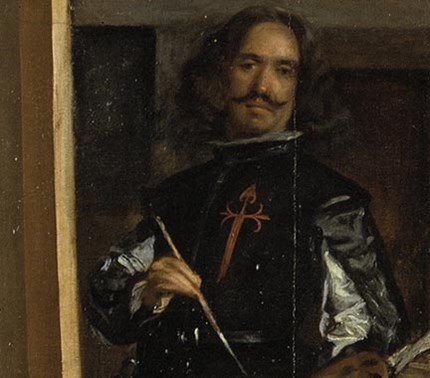
Self Portrait, Detail from Las Meninas, 1656, www.nationalgallery.org.uk
Velázquez's artistic talents bloomed at a young age. When Velázquez was around 11-12 years old, a contract was signed and his six-year apprenticeship began under Spanish artist Francisco Pacheo. Velázquez also studied with Spanish painter Francisco de Herrera for a short period of time. Under Pacheo, Velázquez studied perspective and proportion, the classics and observed what was happening in the artistic circles of Seville. In 1618, he would then marry Pacheo's daughter Juana.
His first few works include Old Woman Frying Eggs, 1618, Kitchen Scene with Christ in the House of Martha and Mary, 1618, The Three Musicians, 1618 and The Adoration of the Magi, 1619.

Old Woman Frying Eggs, 1618, www.nationalgalleries.org
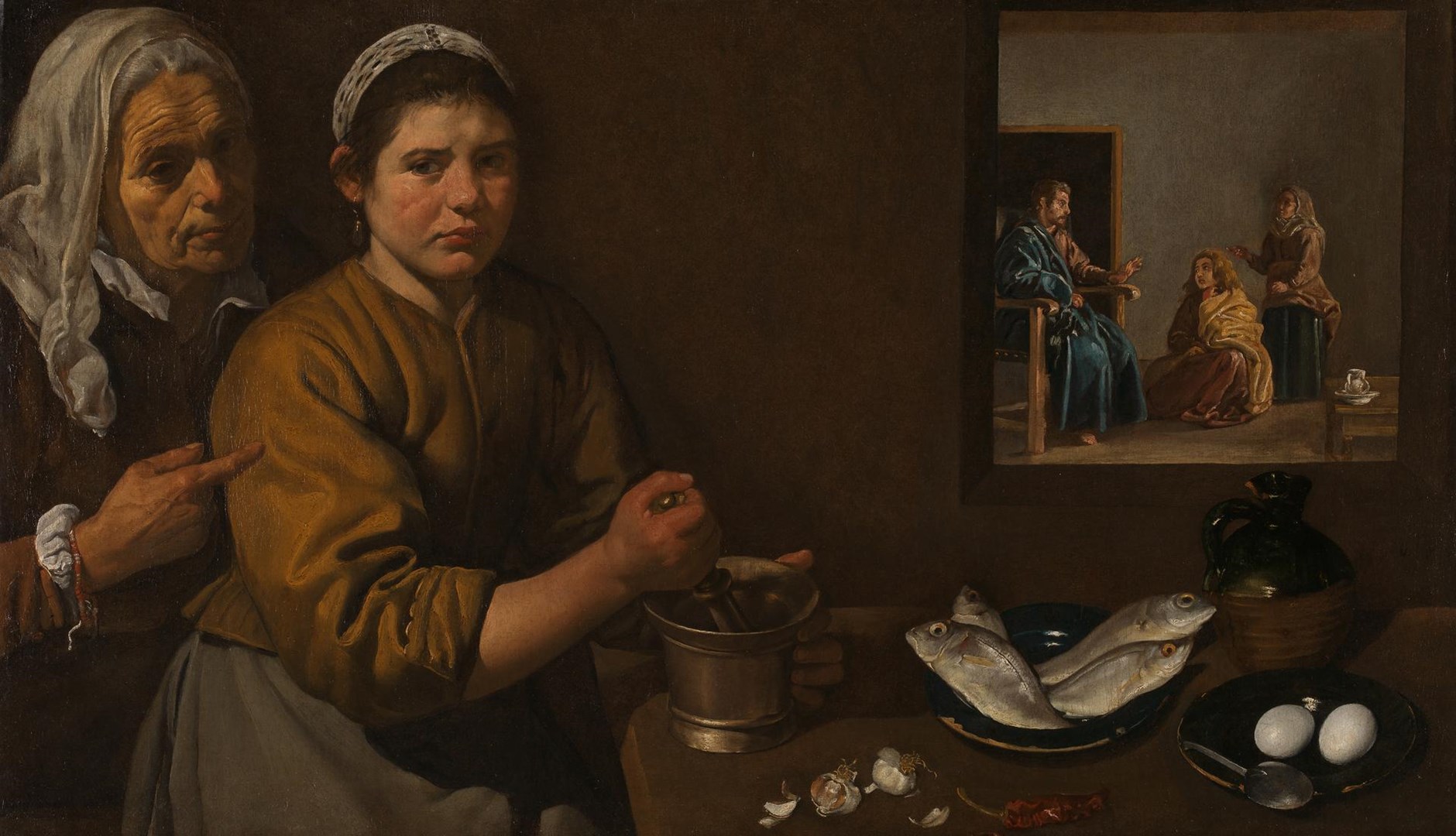
Christ in the House of Martha and Mary, 1618, www.nationalgallery.org.uk
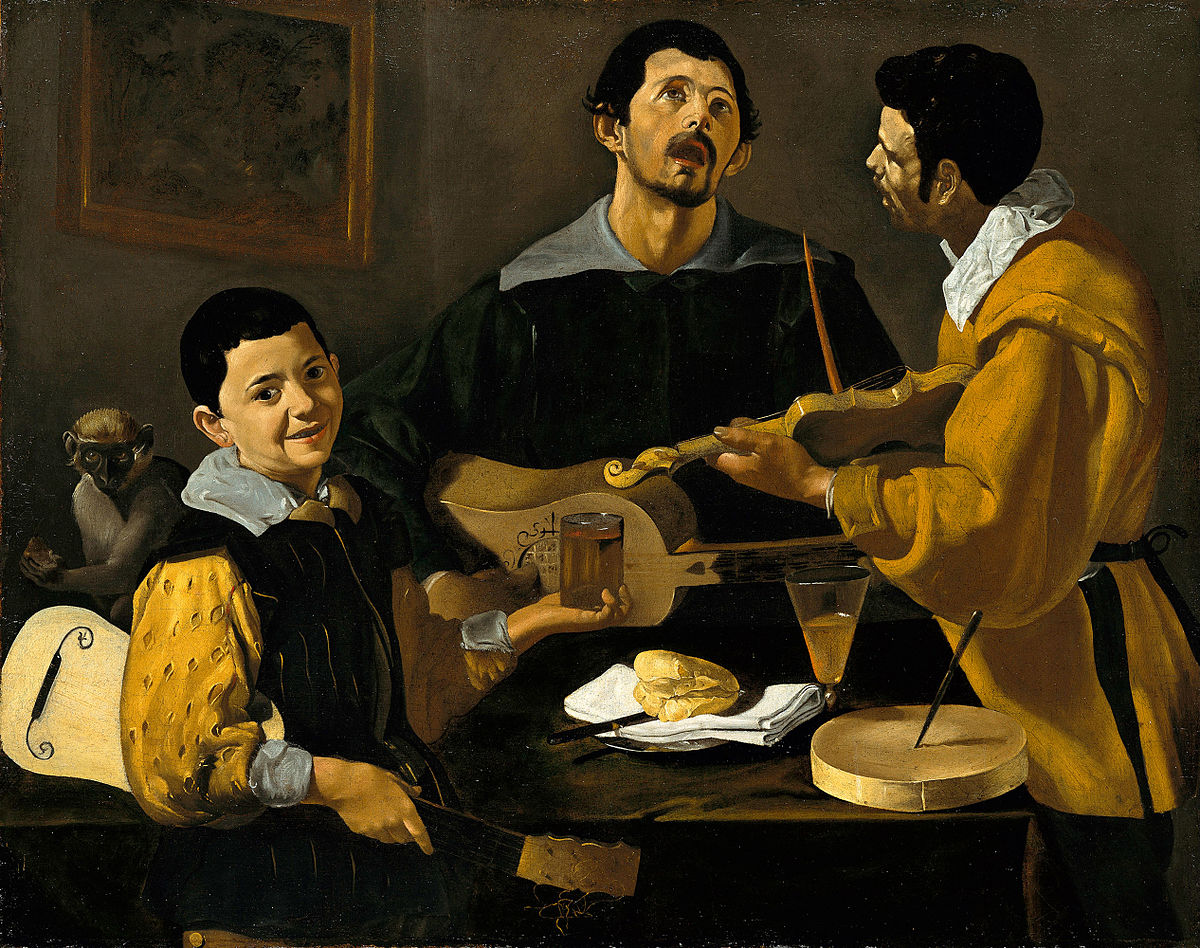
The Three Musicians, 1618, en.wikipedia.org
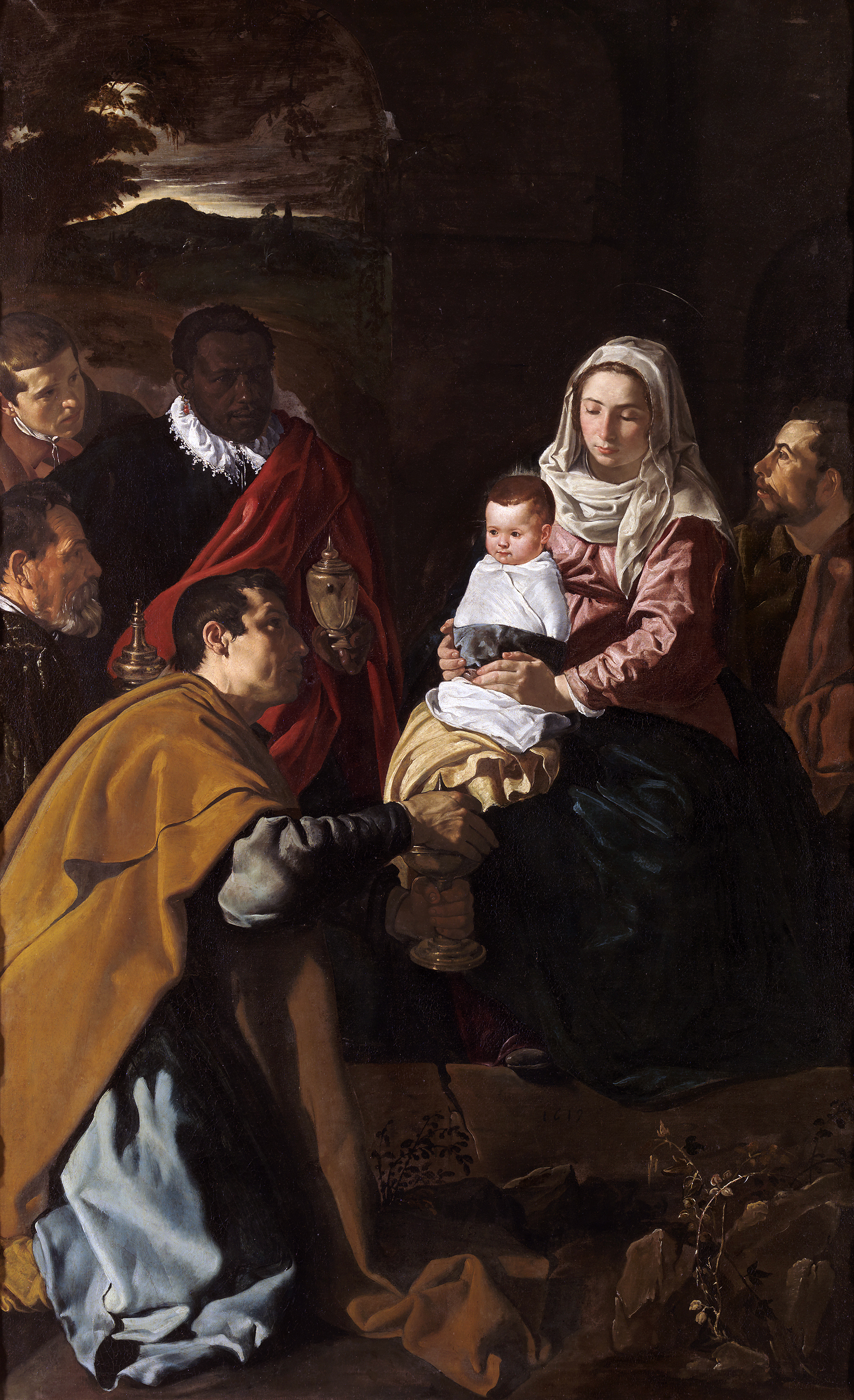
Adoration of the Magi, 1619, en.wikipedia.org
By the early 1620's, Velázquez had made a name for himself in Seville. In April of 1622, he traveled to Madrid with letters of introduction to King Philip IV's captain Don Juan de Fonseca. However, Velázquez wasn't allowed to paint the King, therefore he painted poet Luis de Góngora instead. In the first version of the painting, he showed the poet crowned with a laurel wreath. Later on however, Velázquez decided to paint over it. About a year later, Velázquez traveled back to Seville in January, 1623 and stayed there until August.
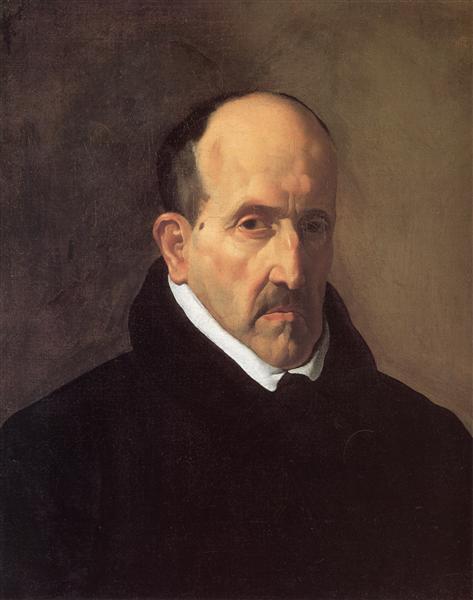
Portrait of Don Luis de Gongora y Argote, 1622, www.wikiart.org
During December of 1622 and while Velázquez was still in Madrid, the King's favorite court painter died and Velázquez received a command from the King's minister Count-Duke Gaspar de Guzmán to come to the court. Velázquez and Pacheo stayed at Fonseca's home and he sat for Fonseca. The completed portrait of Fonseca was brought to the royal palace. The palace must've been impressed by Velázquez's work because in August of 1623, King Philip IV sat for Velázquez. The King was pleased by his portrait and the Count-Duke commanded Velázquez to move to Madrid. The Count-Duke made a promise that no other artist would ever paint the King and all other portraits of him would be removed. In 1624, the King payed Velázquez 300 ducats so he could move to Madrid. Velázquez secured a salary with the royal palace of 20 ducats a month.
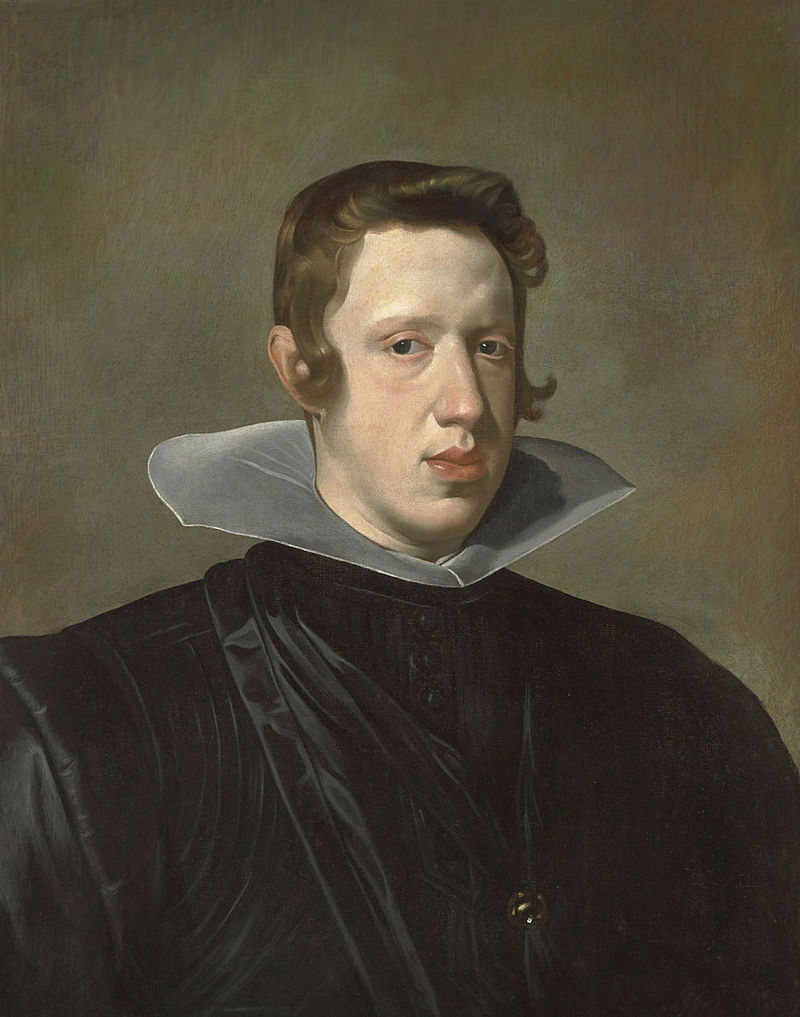
Philip IV, 1623-24, en.wikipedia.org
In 1627, the King ran a competition for the best painters of Spain to see who would be the one to create a painting representing the removal of the Moors. Velázquez won, however the painting was destroyed in a fire at the palace in 1734. It says to have depicted Philip III pointing his baton to a crowd of people being led away by soldiers.
In 1628, Velázquez accompanied artist Peter Paul Rubens on a trip to the Escorial where they would be view the works of Titian.
In 1629, Velázquez painted his The Triumph of Bacchus. As known as Los Borrachos or The Drunks, portrays a group of men admiring a crowned young man sitting on a wine barrel. The genuine meaning behind the painting is unspecific. It has been interpreted in many ways such as a parody, theatrical performance or a religious presentation of commoners asking the God of wine to help relieve them of their sorrows. This painting is a mix of Velázquez's early paintings and Rubens/Titian. His visit to the Escorial must've been quite influential.
%20wiki.jpg)
The Triumph of Bacchus, 1629, en.wikipedia.org
King Philip IV payed Velázquez's way to Italy in 1629. He spent time in Venice, Cento, Bologna, Rome, Ferrara, Loreto and in 1630, he traveled to Naples. His most famous works during his Italian period include Apollo in the Forge of Vulcan, 1630 and Joseph's Bloody Coat Brought to Jacob, 1630.

Apollo in the Forge of Vulcan, 1630, www.museodelprado.es
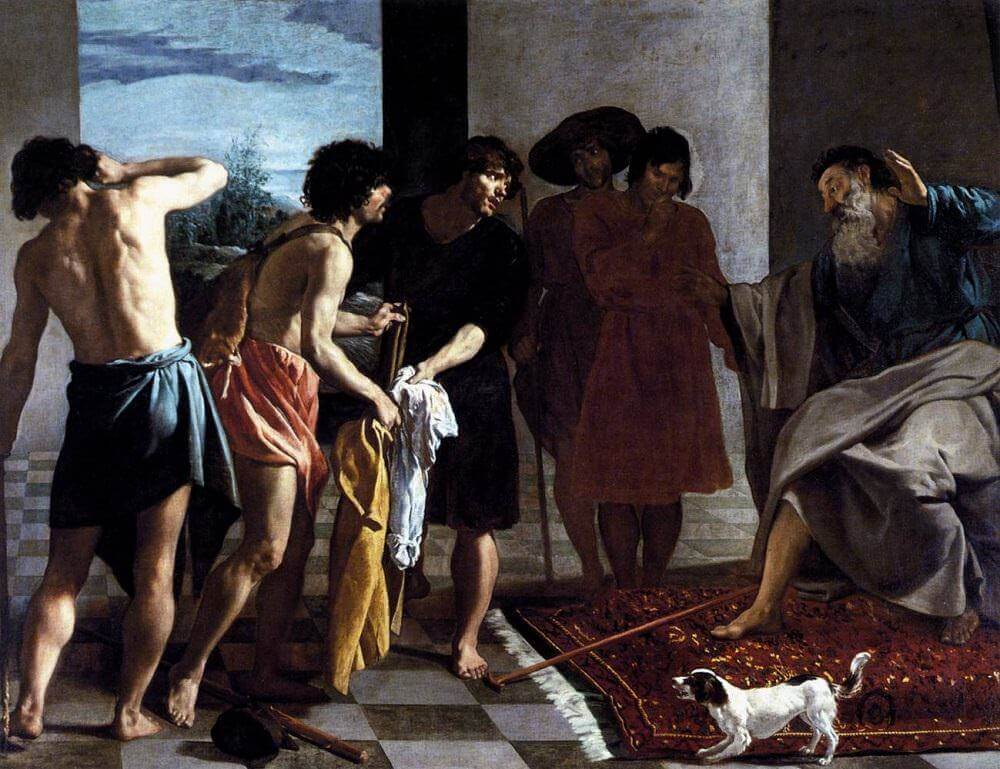
Joseph's Bloody Coat Brought to Jacob, 1630, www.diego-velázquez.org
Velázquez traveled back to Madrid in January of 1631. For the next few years, Velázquez completed many portraits of Prince Balthasar Charles. A couple of those portraits include Prince Balthasar Charles with a Dwarf, 1631 and Equestrian Portrait of Prince Balthasar Charles, 1635. Velázquez also painted equestrian portraits of the royal family including Equestrian Portrait of Philip IV, between 1634-1636 and one of the Count-Duke, Equestrian Portrait of the Count-Duke of Olivares, 1634. Velázquez also painted The Surrender of Breda between 1634-1635. It is Velázquez's only surviving painting representing contemporary history. It shows the Dutch handing over the key to the city to the Spanish military. The Spanish general is standing next to a Dutch man with his hand extended to him, giving off a feeling of compassion and equality.
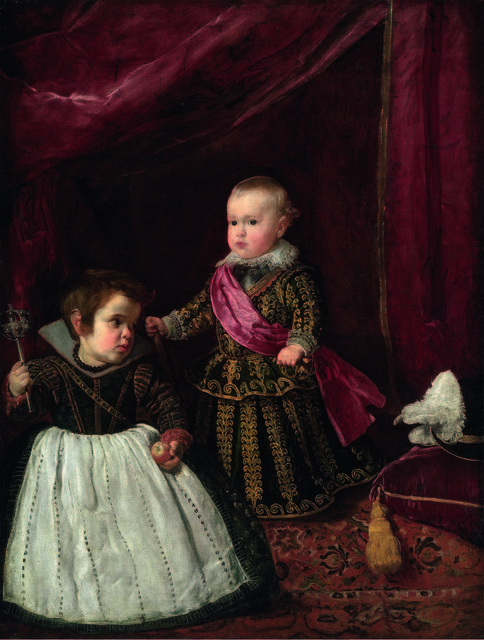
Prince Balthasar Charles with a Dwarf, 1631, www.artsy.net
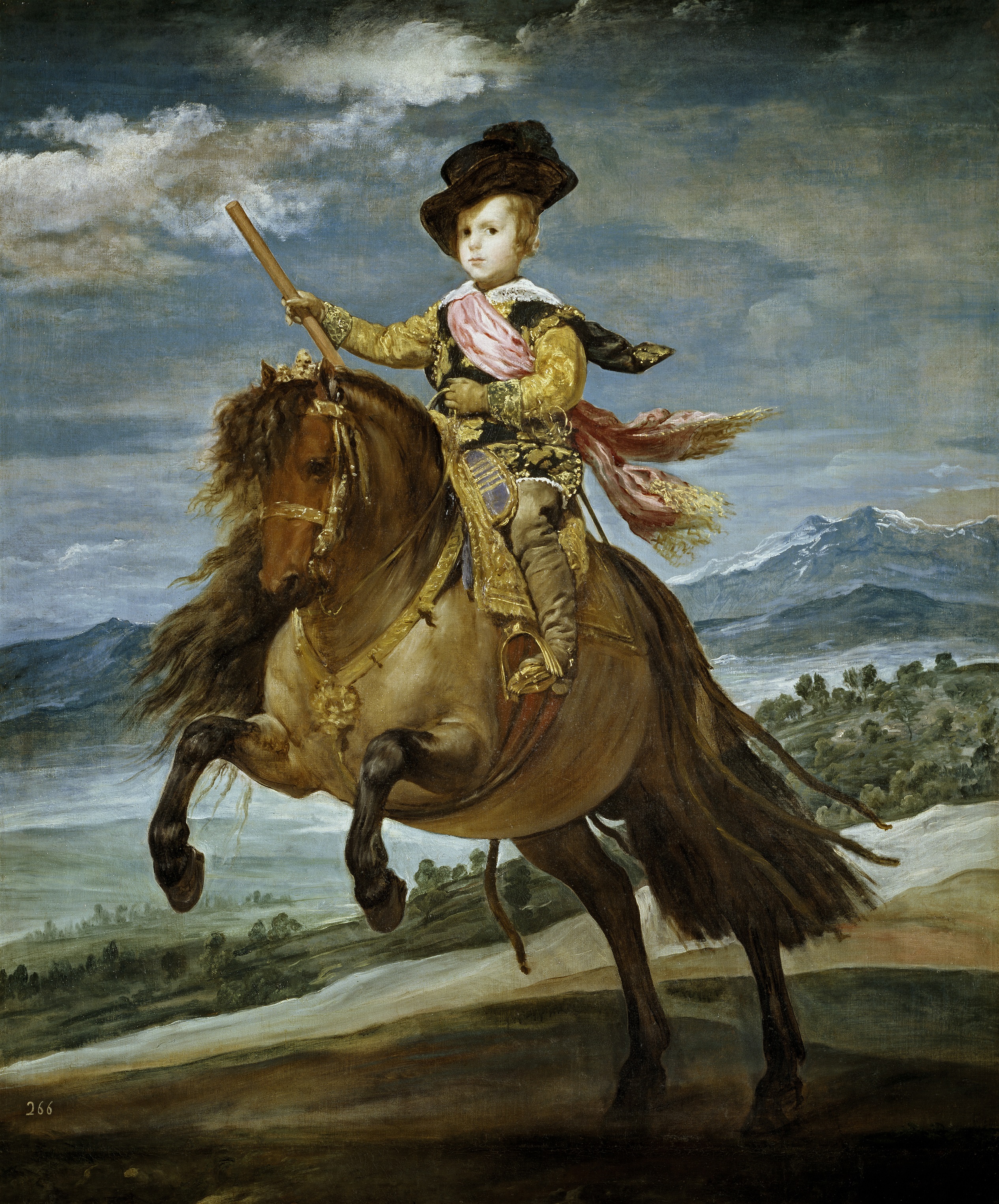
Equestrian Portrait of Prince Balthasar Charles, 1635, en.wikipedia.org
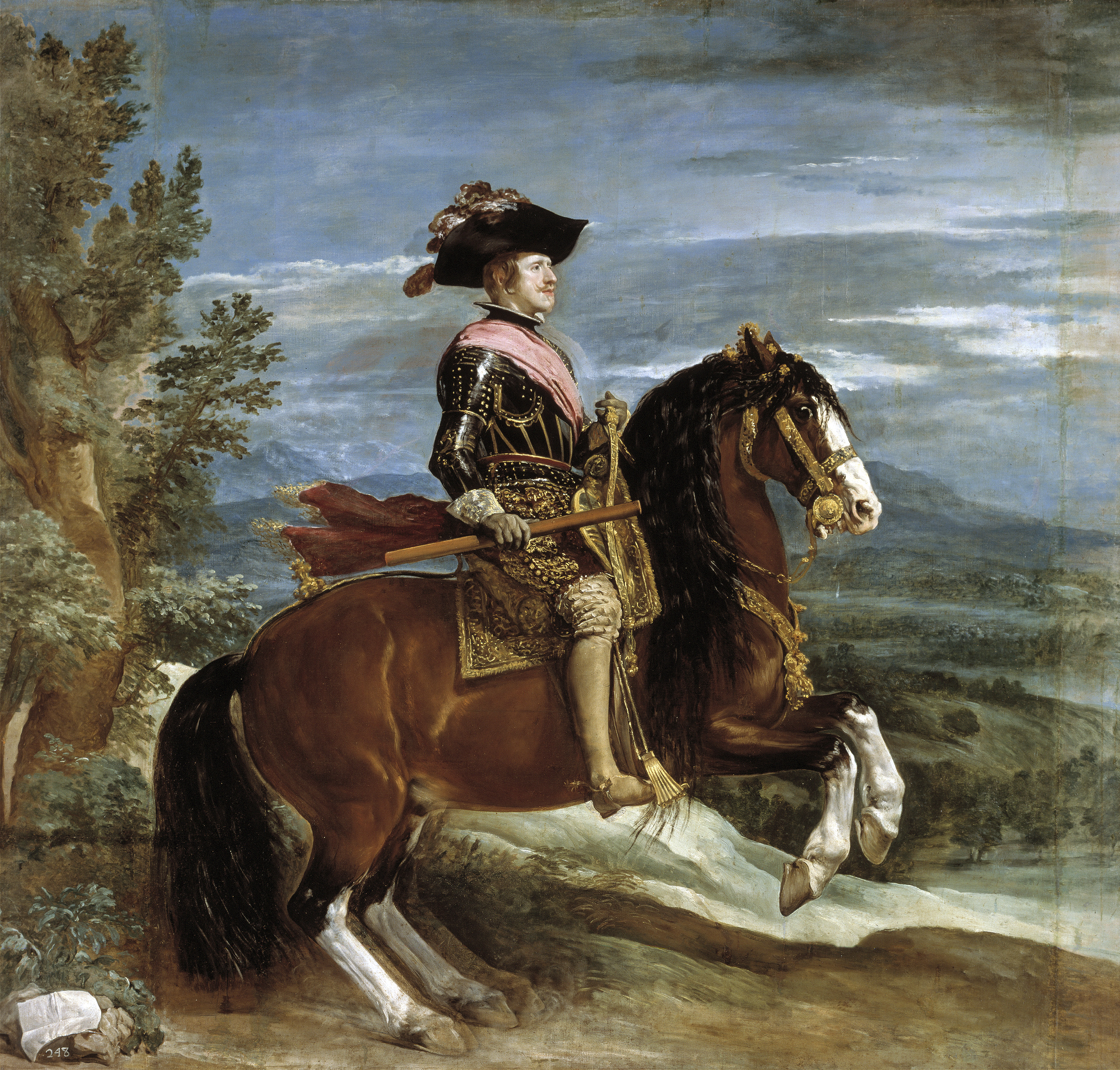
Equestrian Portrait of Philip IV, 1634-35, en.wikipedia.org
%20wiki.jpg)
Equestrian Portrait of the Count-Duke of Olivares, 1634, www.wikiart.org

The Surrender of Breda, 1634, en.wikipedia.org
Velázquez didn't just paint Philip but also other members of the royal family including his first wife Elisabeth of Bourbon and her children, especially Balthasar Charles as I stated before.
In 1644, Philip's first wife Elisabeth died and in 1649, he married his second wife/niece Mariana of Austria.
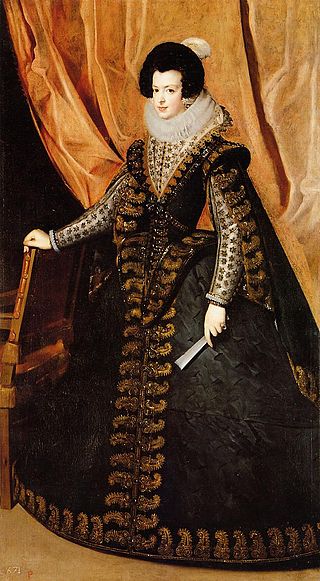
Isabel de Borbón, 1631, www.wikiart.org
Velázquez took a second trip to Italy in 1649 with his assistant and fellow painter Juan de Pareja. He went from Málaga where Pareja was from to Genoa, Milan and Venice. Along the way, he made a few purchases of artworks by Titian, Veronese and Tintoretto. While he was in Modena, he was quite liked by the Duke. He painted the Duke's portrait. Velázquez made his way to Rome and painted the Pope. While in Rome, he also painted a portrait of his assistant Paraje.
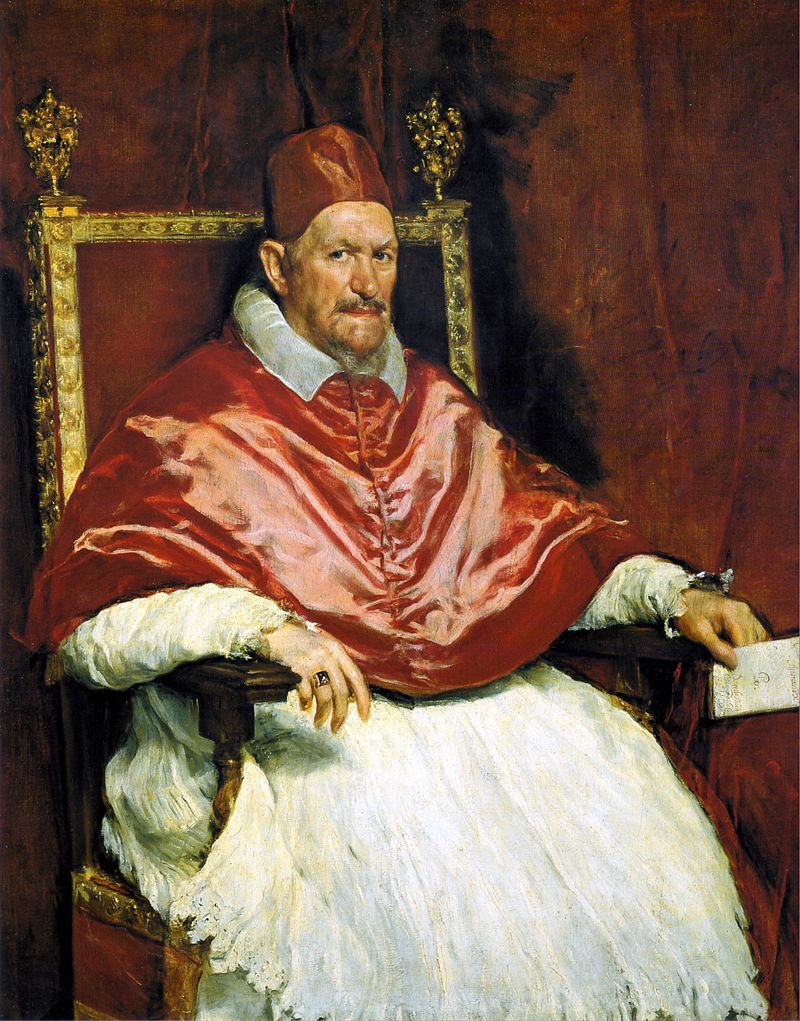
Portrait of Innocent X, 1650, en.wikipedia.org
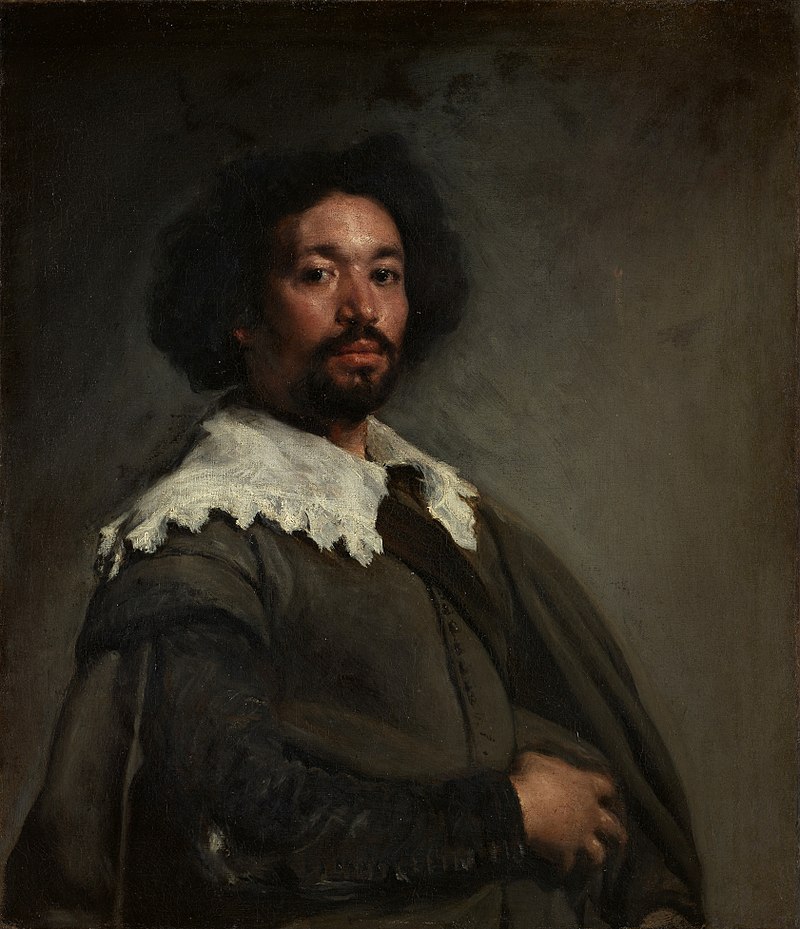
Portrait of Juan de Paraje, 1649-50, en.wikipedia.org
In 1650, the King repeatedly bugged Velázquez to return to Spain. Once he was back in Spain, the King chose Velázquez to fill the position of aposentador mayor which put him in charge of looking after the quarters occupied by the court. This would've interfered with his art. However, when looking at his work during this time, there is no difference in the quality.
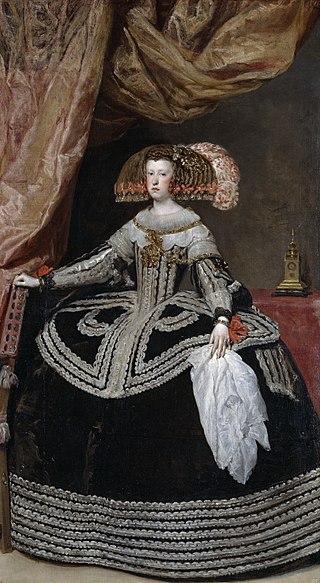
Portrait of Mariana of Austria, 1653, en.wikipedia.org
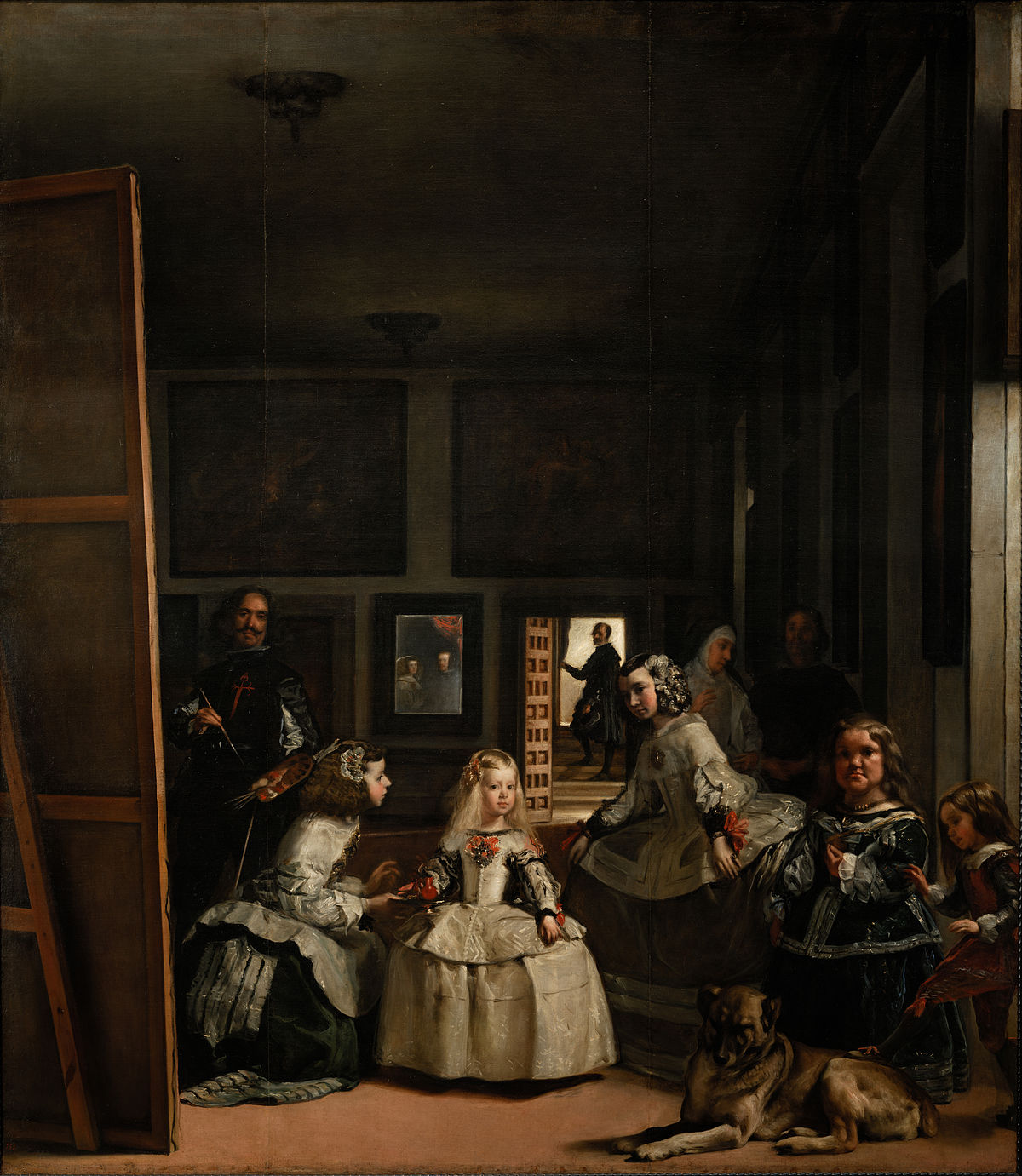
Las Meninas, 1656, en.wikipedia.org
It is unclear who is the star of Las Meninas. Both Velázquez and Infanta Margarita look directly at the audience as if they are of equal importance. Normally, a painter never includes himself in a portrait of a royal. But, assuming how close he was with the King and his family, he was important enough to do so without any offence towards the royal daughter. And, it happen to be his most famous painting.
During his last few years of life, some of his final paintings include Las Hilanderas, 1657, Infanta Margarita Teresa in a Blue Dress, 1659 and Portrait of Prince Philip Prospero, 1659. On July, 31st of 1660, Velázquez contracted fever and a week later, he passed away on August 6th, 1660. Sadly, eight days after he was buried, his wife Juana passed away too. She was buried beside him.
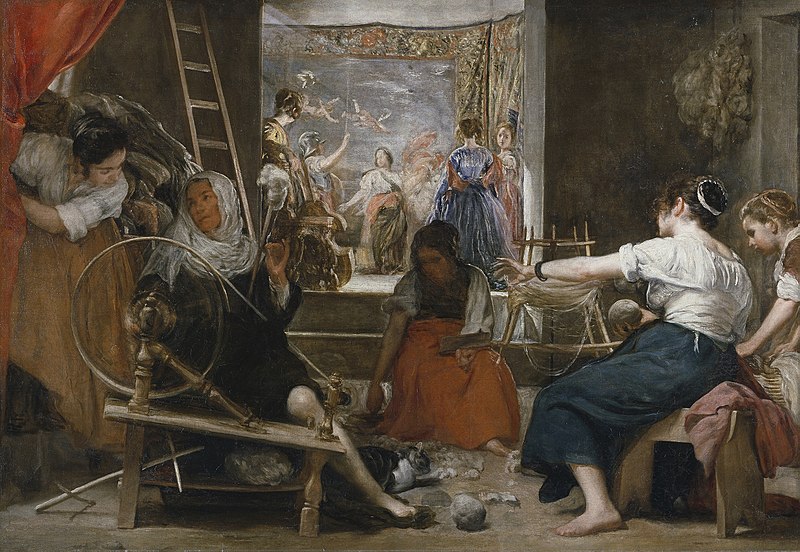
Las Hilanderas, 1657, en.wikipedia.org
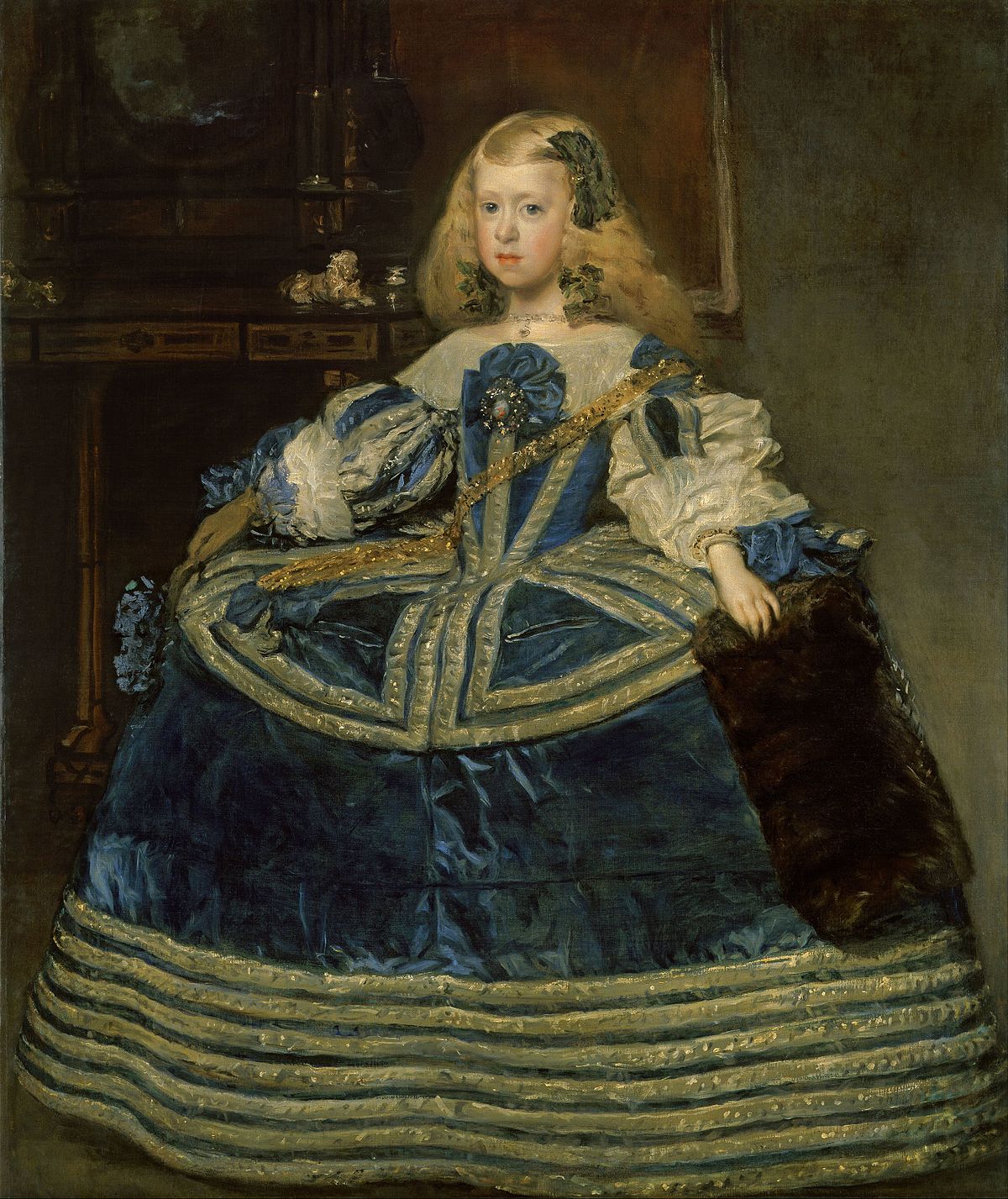
Infanta Margarita Teresa in a Blue Dress, 1659, en.wikipedia.org
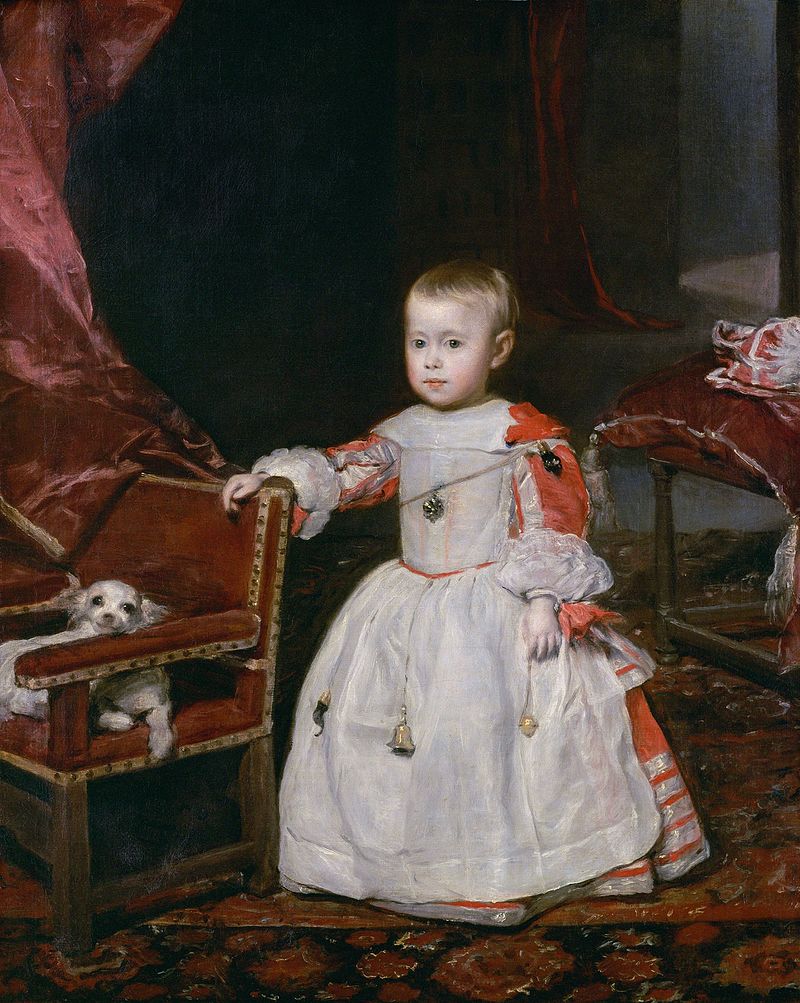
Portrait of Prince Philip Prospero, 1659, en.wikipedia.org
Velázquez is Spain's most influential and prominent artist. He inspired many including his son-in-law, painter Juan Bautista Martinez del Mazo and Juan Carreño de Miranda. Spanish artist Goya was also inspired by Velázquez. In 1778, he created etchings based on Velázquez's paintings as part of a project by the Count of Floridablanca. Velázquez work also became a template for painters of the 19th century. Picasso, Bacon and Dali even paid tribute to Velázquez by recreating some of his most famous works.
Thank you for coming by! Don't forget to follow!